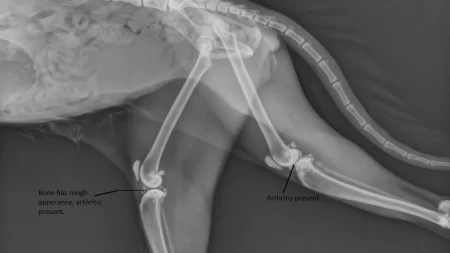Cats only have one heart. While some myths suggest cats have nine lives or multiple hearts, the reality is that felines have a single, four-chambered heart to circulate blood through their body like most other mammals, including humans. However, a cat’s cardiovascular system does have some unique attributes that enable enhanced athletic performance. Understanding the anatomy and function of a cat’s heart can help cat owners better care for their pet’s cardiac health.
Understanding a Cat’s Cardiovascular System
Structure and function of a cat’s heart
A cat’s heart is made up of four chambers: two atria and two ventricles. The right atrium receives deoxygenated blood from the body and pumps it to the right ventricle, which then pumps it to the lungs to be oxygenated. The oxygenated blood returns to the heart through the left atrium and then moves to the left ventricle to be pumped out to the body through the aorta.
Heart valves between the chambers ensure blood flows in only one direction. The heart muscle contracts and relaxes rhythmically to create the pumping action that circulates blood. An electrical conduction system coordinates the heartbeat and pumping activity.
Blood circulation in a cat’s body
Oxygenated blood leaves the left ventricle and is carried through arteries to tissues and organs. Deoxygenated blood returns through veins and enters the right atrium to start the cycle again. This systemic circulation provides the body’s cells with oxygen and removes waste.
Cats also have a higher blood volume relative to their body weight compared to humans. This allows for greater blood circulation efficiency.
Differences between a cat’s heart and a human’s heart
While cats and humans have similarly structured hearts, a cat’s heart beats much faster – between 160-240 beats per minute for a cat compared to 60-100 bpm for humans. Cats also have a higher heart rate variability, allowing their cardiovascular system to respond and adapt better to physical exertion.
Cats have thicker heart muscles and a greater density of mitochondria – cellular components that produce energy. Combined with their higher blood volume, these attributes give felines more stamina and endurance for athletic activities like climbing, running, and pouncing.
Common Heart Problems in Cats
Like humans, cats can develop heart diseases and conditions that affect heart function.
Congenital heart diseases
Cats can be born with structural abnormalities in the heart that disrupt normal blood flow. Examples include septal defects, valve dysplasia, and aortic stenosis. These conditions are present from birth.
Acquired heart diseases
Conditions like cardiomyopathy, endocarditis, and arrhythmias can develop later in a cat’s life. Causes can include infections, dietary deficiencies, high blood pressure, and more.
Symptoms of heart problems in cats
Warning signs of a potential heart issue in cats include fatigue, breathing difficulties, weight loss, fainting, and coughing. Cat owners should look out for behavioral changes as well.
Diagnosis and treatment options
Veterinarians use physical exams, x-rays, ECGs, ultrasound, and other tests to diagnose heart conditions in cats. Treatments vary depending on the specific condition and severity and can include medications, dietary changes, surgery, and lifestyle adjustments. Early diagnosis and proactive care are key to managing heart disease in cats.
Debunking the Myth: Cats Having Multiple Hearts
The notion that cats have more than one heart most likely stems from a misinterpretation of their unique cardiovascular abilities.
Explaining the misconception
Cats have a resting heart rate that is higher than humans. When relaxed, their heartbeat is already elevated compared to humans. With exertion, a cat’s heart rate climbs even higher thanks to its athletic adaptations.
This wide heart rate range from rest to activity may have given rise to the myth that cats have multiple hearts beating at different rates. In reality, cats simply have one heart capable of variable rhythms.
Clarifying the function of a cat’s heart
While a cat’s resilient cardiovascular system enables great stamina and performance, all of these functions are achieved by a single, four-chambered heart. From regulating routine circulation to adapting to intense physicality, a cat relies on the same single heart.
Tips for Maintaining a Healthy Cat’s Heart
Cat owners can support their pet’s lifelong cardiac health through these practices:
- Regular veterinary check-ups to screen for heart disease
- Feeding a balanced, nutritious diet low in carbohydrates
- Ensuring your cat maintains a healthy weight
- Encouraging exercise through play and activity
- Monitoring for any signs of heart issues and addressing them quickly
- Limiting stress by providing a comfortable environment
A cat’s heart works hard to provide years of affection and companionship. With attentive, proactive care from their human caretakers, these athletic felines can thrive with happy, healthy hearts. While they may have legendary mythical status, the reality is that cats have just one extraordinary heart.







